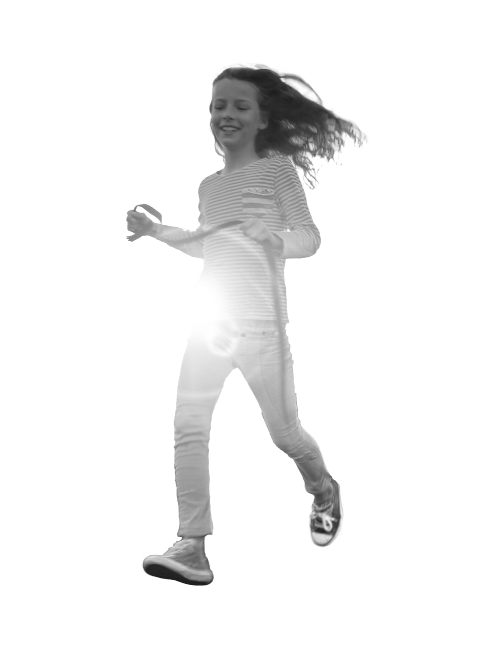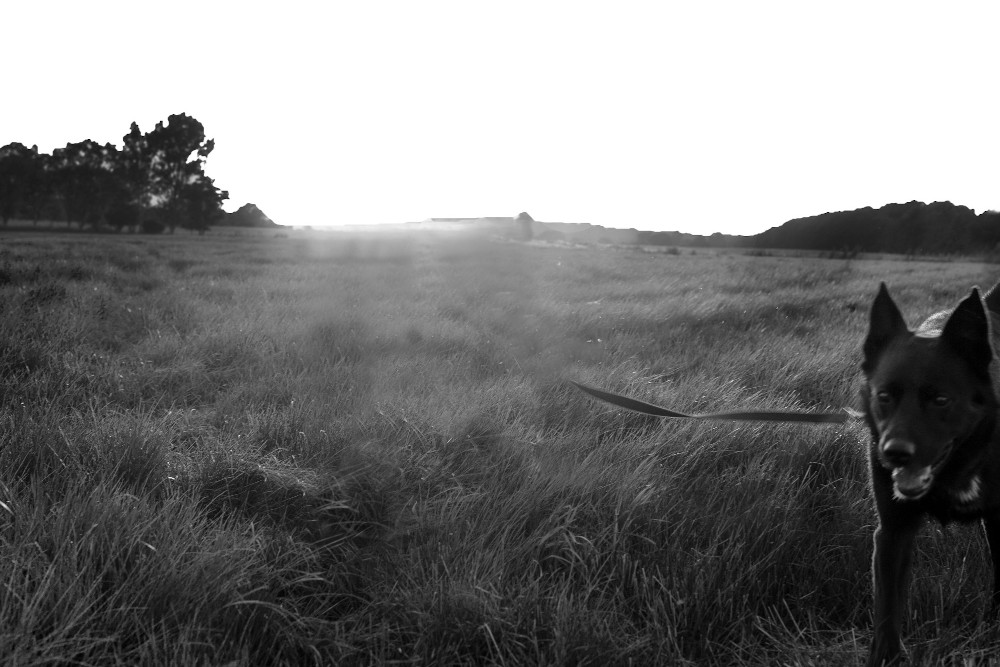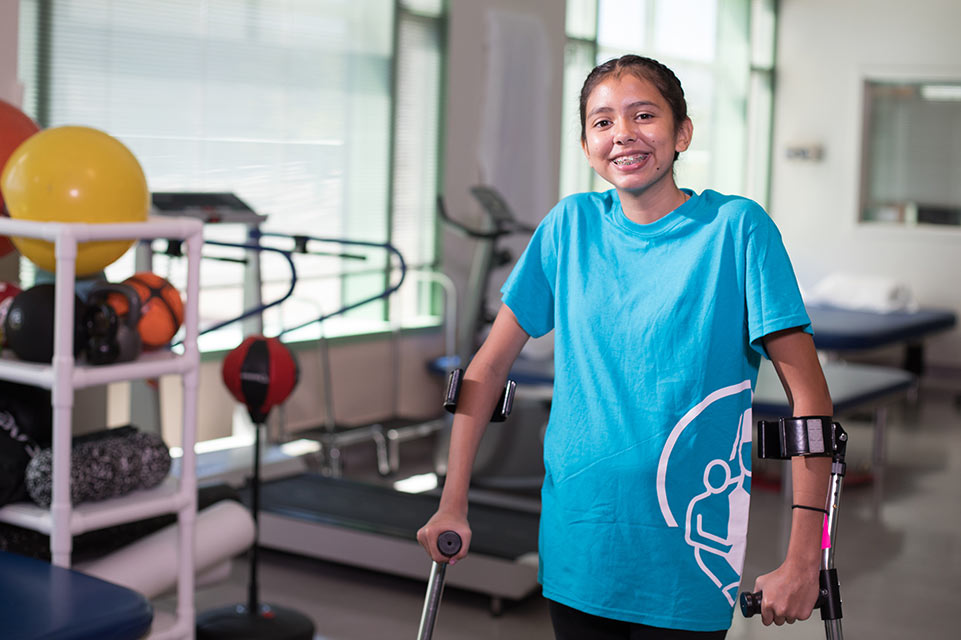Teen Is State Wheelchair Racing Champion Two Years in a Row
Andrea, 17, is not just a state champion athlete two years in a row, she is a determined survivor and a champion in life.
When Andrea was just 4 years old, the southern Illinois child sustained a spinal cord injury in a car accident, which left her paralyzed from the waist down. After receiving emergency care and rehabilitation locally, her family brought her to the specialized spinal cord injury (SCI) rehabilitation program at Shriners Children’s Chicago, one of the first children’s hospitals in the nation to focus on pediatric spinal cord injuries. There she underwent specialized therapy and medical care from a team experienced with rehabilitation after these injuries.
Debra, Andrea’s grandmother, recalls how Andrea showed independence even with her SCI. The girl found ways to climb up stairs, played in her bunk beds, and did “everything else” that small children do. This natural strength and determination may have contributed to Andrea's decision to pursue an opportunity to learn wheelchair racing in middle school. The chance was through a nonprofit called Ainsley’s Angels. "At first, Andrea was pushed in races by volunteer runners in a specialized wheelchair. However, they soon realized that she had plenty of upper body strength and she could compete on her own,” said Debra. Soon Andrea was using a special racing wheelchair with one large wheel in the front and two in the back that she pushes forward with her hands.
However, Andrea had to push through another challenge that was developing. Her spine was curving down to her pelvis, making it difficult to sit and propel a chair. The orthopedic spine team at the Chicago hospital joined her care. “She was injured at such an early age, 4 1/2, most children with early spinal cord injury and hers was thoracic, T-10 level, end up developing scoliosis,” said Purnendu Gupta, M.D., orthopedic spine surgeon. A member of his research team, clinical research coordinator Jennifer Schottler, conducted a study at Shriners Children’s a decade ago, which found that up to 96% of children who had an SCI before age 5 developed scoliosis.
Treatment for her spinal curve, known officially as neuromuscular scoliosis, included a vest-like hard plastic brace that she would wear multiple hours per day. Her scoliosis curve got more severe, 70 degrees, according to Dr. Gupta, which is when they discussed spinal fusion surgery ... permanent metal rods in the back which keep the spine straighter.
Gupta, who performs dozens of complex spine surgeries every year, said they take a specialized approach for scoliosis in wheelchair users. In Andrea's case it was a long, complex surgery in 2018. He performed a posterior spinal fusion for "pretty much her whole spine from T3 to the pelvis." Because she’s a wheelchair user, he explained that Shriners Children's spine surgeons attached big screws at the bottom of the spine and into the pelvic bones for support, “like the pylons you put in the ground to support a skyscraper," Gupta said. "What happens is kids cannot sit square in a wheelchair unless you give them some support … I always explain to families that for a tall structure to stand you have to anchor it into the ground.”
The doctors were awesome throughout her treatment process. They took time with her and explained everything every step of the way.
This case also involved an athlete who wanted to push her body to compete. “(Andrea) wanted to be able to race after she had her scoliosis surgery,” said Dr. Gupta. The teen had to wait a full year to heal before she could race again. “Whenever you do a fusion to the pelvis, you really want to let that heal and be solid because there’s so much stress on the spine in (a racing position). You have to bend forward, and lean in to propel the chair,” said Dr. Gupta, demonstrating from his office chair how a wheelchair racer would sit.
Her fusion and healing were a success. She has continued to roll to victories on the track. Andrea earned IHSA All State Honors at the 2024 state meet in Charleston, Illinois, and won the girls 100-, 200-, 400- and 800-meter wheelchair dash. She also competes in a wheelchair bowling league.
Off the track she is affectionately called “Speedy” at school. Andrea drives herself around in a minivan customized with hand controls and plenty of space for her wheelchair. “Nothing can slow me down,” she said, noting that she recently changed the minivan’s alternator and water pump herself after taking auto mechanics in high school.
Debra calls herself an “extremely proud grandmother.” She said she watches Andrea get better with each race, and credits spine and spinal cord injury care received at Shriners Children’s Chicago. Andrea, who has won eight state championship races, is pretty calm when she describes her life and accomplishments. “It’s really not that hard."

Excellence in care



